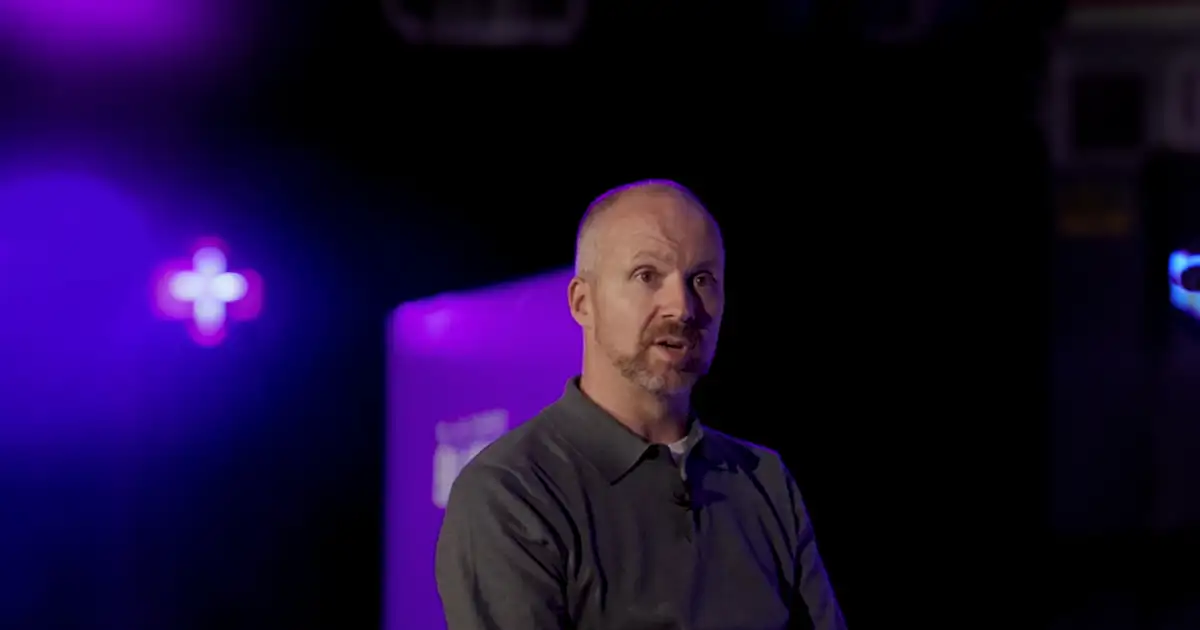Expert David Ketteridge reveals what gambling addiction feels like
David Ketteridge, founder of Reset, an addiction clinic in Antwerp, shares his insights into gambling addiction and its impact on people and their environment. “I was addicted to drugs and alcohol for 10 years myself.” he tells the editors of Gambling Club.
“That experience has led me to help others.” As an ex-addict and specialist, he has a unique perspective on how addictions develop and how they can best be tackled.
David is now happily married, has two children, and helps people rebuild their lives every day. His organization Reset focuses on support and treatment for various types of addictions, including gambling.
What gambling addiction really means to people
Gambling addiction goes beyond just financial problems, says David. It affects every aspect of a person’s life. “It often starts with a strong urge to gamble, even when you know it is harmful.” he explains. This craving leads to a loss of control and ignoring the negative consequences, such as debt or problems in relationships. He also points to the escapism that many gamblers experience.
“Gambling becomes a way to escape from stress or unpleasant emotions such as pain, sadness, etc. It feels like a solution, but it actually creates more problems.”
The impact on daily life is great. People with a gambling addiction often lose valuable possessions, become socially isolated, and experience a heavy psychological burden. “They often feel ashamed and withdraw.” says David. “Relationships suffer enormously, and that makes the recovery process even more difficult.”
How addiction develops and what the biggest risk factors are
David emphasizes that the causes of gambling addiction are complex.
“It is a combination of genetic, emotional and social factors.”
Some people have a genetic predisposition, which makes them more susceptible to addiction. Others become addicted due to emotional vulnerability, such as stress, loneliness, or depression.
In addition, the environment plays a major role. Social acceptance and financial stress increase this risk.
“If you grow up in an environment where gambling is normal, or if you have easy access to online platforms, you are more likely to start.”
The Situation in Belgium
- 50% of men between 18 and 21 years old already gambled on illegal gambling sites before the ban.
- 29% of men between 18 and 21 years old mention an illegal gambling site as the first brand when gambling online.
- 4% of the general player population mentions an illegal gambling site as the first brand.
- 59% of young men between 18 and 21 years old mentioned multiple illegal brands when asked further.
- 85% of young people between 18 and 21 years old recognize an illegal gambling site when looking at a list of brands.
- 15% of young people recognize a licensed operator when looking at a list of brands.
- 31% of young people on illegal gambling sites found their way there via social media.
- 26% of young people on illegal gambling sites found their way there via sports sponsorship.
How family and friends can recognize gambling addiction
“It’s often hard to spot a gambling addiction because people try to hide their behavior.” says David. However, there are signs that can help. Financial problems, mood swings, and social isolation are common signs.
David advises family and friends to open the conversation.
“Talk to them, without judgment, and offer support. Sometimes it’s necessary to seek professional help. Organizations like Reset can help a lot.”
Gambling addiction treatment at Reset
Reset follows a structured treatment process that is tailored to the unique challenges of gambling addiction. “Gambling addiction is often not about physical withdrawal, but about behavior and cognition.” David explains.
Treatment begins with an intake that includes the financial impact. Then, work is done on behavioral change and alternative coping strategies.
“We teach people how to avoid triggers, such as accessing gambling sites. We also work on a financial recovery plan, which is unique to gambling addiction.”
David notes that the core of the approach is always about understanding the person.
“It’s about their goals and the support they need for a sustainable recovery.”


